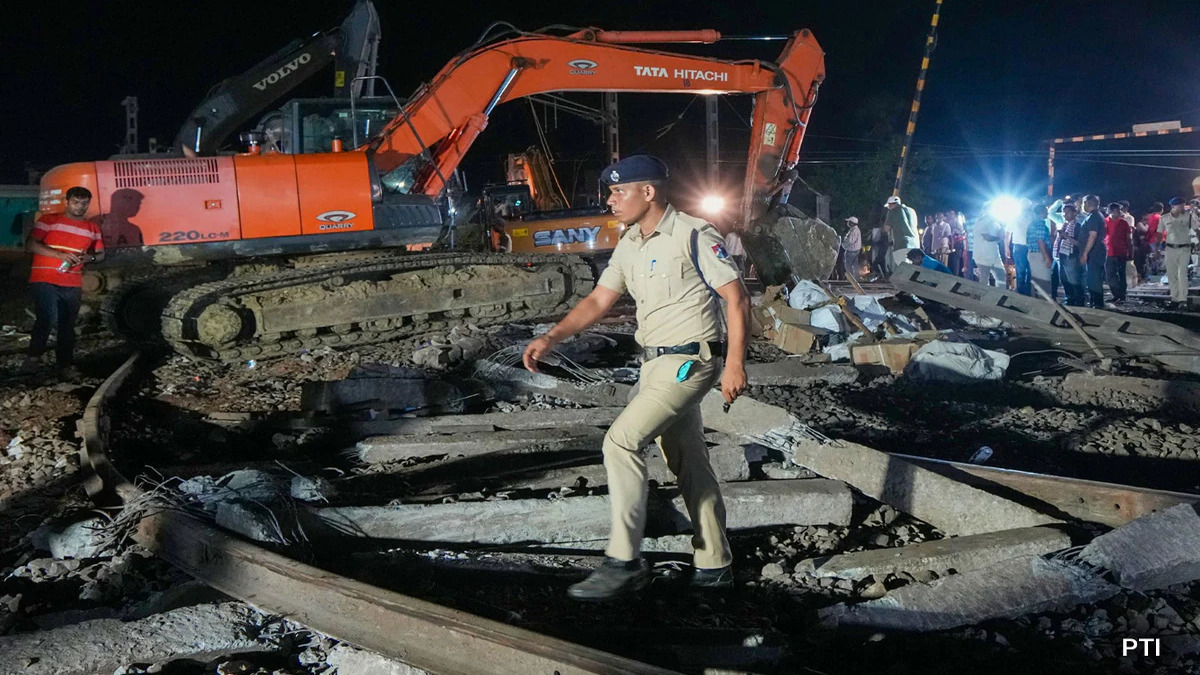Technical Glitch Or Human Error: Questions After Odisha Train Crash
The recent train accident in Odisha, India, has shifted the focus from the introduction of new trains to concerns about safety in the country’s railway network. The collision, which claimed the lives of 288 people and left nearly 800 injured, has raised questions about the preparedness of the railways as it undergoes a major transformation with the introduction of new trains and modern stations.
Experts argue that while the safety record of the railways has been improving over the years, there is still more work to be done. The workforce responsible for maintaining the increasing number of trains is not adequately trained or is burdened with high workloads, according to railway experts. The east coast route, where the collision occurred, is one of the oldest and busiest in the country, carrying a significant amount of coal and oil freight. The age of the tracks and the heavy load they bear require proper maintenance to prevent failures.
Critics point out that the railways have been slow to implement safety mechanisms such as anti-collision devices and emergency warning systems across the network. The absence of the anti-collision system “Kavach” on the route involved in the accident has raised concerns. However, Indian Railways asserts that safety has always been a key focus and highlights its low accident rate over the years.
India’s railway system, considered the lifeline for many, has experienced rapid expansion and modernization under Prime Minister Narendra Modi’s infrastructure and connectivity push. To address safety concerns, a five-year safety fund was established in 2017-18, which has now been extended with additional funding. The government has also allocated a significant budget for upgrading tracks, reducing congestion, and introducing new trains.
The Odisha train accident is the third worst in India’s history and the deadliest since 1995. This tragic incident highlights the need for continued efforts to improve safety and upgrade the aging infrastructure of the Indian railway network.
#TrainAccident #SafetyFirst #IndianRailways #UpgradeNeeded #DisasterResponse
